Ce mois-ci, le public peut visionner Une entrevue avec un figuier on the Planet Classroom Network.
Director Adam Hersko-RonaTas interviews a personified fig tree in this original and unforgettable short film. Une entrevue avec un figuier elegantly dives into ideas of being rooted while having bigger dreams. In just under two minutes, Hersko-RonaTas manages to spark our imagination and give us so much more to contemplate about life and goals. How are we to find purpose in the immediate vicinity when there is so much else going on elsewhere? Potentially, the fig tree in the backyard has a perspective and an opinion from which we can all learn.
La recherche globale pour l'éducation is pleased to welcome back Director Adam Hersko-RonaTas.
L'Homme, your short film is very simple yet packed with fun and deep insights. To what degree was the philosophical angle factored into production? Or did it just come about naturally?
The philosophical angle came about naturally. We’re such mobile animals and our perception of the world is fundamentally shaped by our ability to move through it. I was curious how a stationary being might gather its perspective about the world. With the amount I’ve traveled throughout my life, I’ve been particularly sensitive to issues around “roots” and what can blossom – personally, créative, and so forth – when I remain grounded in one place. Trees are some of the most present and generous beings on Earth, and it’s a fun exercise to consider how they might reflect on their own tetheredness.
What was the inspiration for choosing a fig tree over another type of tree or plant?
There’s a fig tree growing in the backyard of the house I currently live in, and it has a unique face-like patch of bark on its trunk that I’ve always found peculiar. I sat under it a lot while in quarantine, and being forcibly put for so long, I began to consider the effects of stillness. Figs are quite loaded symbolically and are believed to be the first fruit cultivated by man. They’ve been with us for a long time, so if there ever was a tree that could pass judgment on humankind and our restlessness, it would probably be a fig.
There was a very unique animation on the tree, as if it had the eyes and mouth of a human. How difficult was this effect to achieve in editing, and how critical is its function in the narrative?
The bark of the tree is already configured much like a face, so I didn’t need to do much digital augmentation to create that sense of pareidolia. Using Adobe After Effects, I isolated parts of the bark and distorted the pixels to simulate blinking. Then I puppeteered the mouth to widen based on the audio’s volume. Narratively I think this effect is important because faces are so expressive, they’re how we primarily connect to characters in film. It’s an homage to the talking trees of Germanic folklore that would impart wisdom to travelers, but also personification is a straightforward, though of course hyperbolic, way to be reminded of the awareness of all beings, including plants.
If you were forced to create a follow up to this short film, what direction might you choose to take it?
I would love to create a follow up where different trees in various urban environments share their views on whatever slice of world surrounds them. Their sense of time is radically different from ours too, and that would be exciting to experiment with visually. I’m greatly inspired by Aardman Animations’ Creature Comforts, which is a series of comedic and profound interviews with zoo animals.
C.M. Rubin et Adam Hersko-RonaTas
Ne manquez pas Une entrevue avec un figuier, actuellement diffusé sur le réseau Planet Classroom.

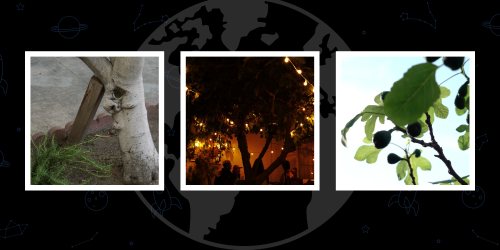
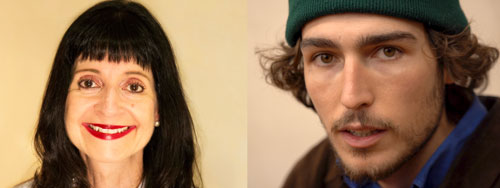

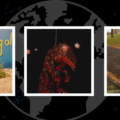
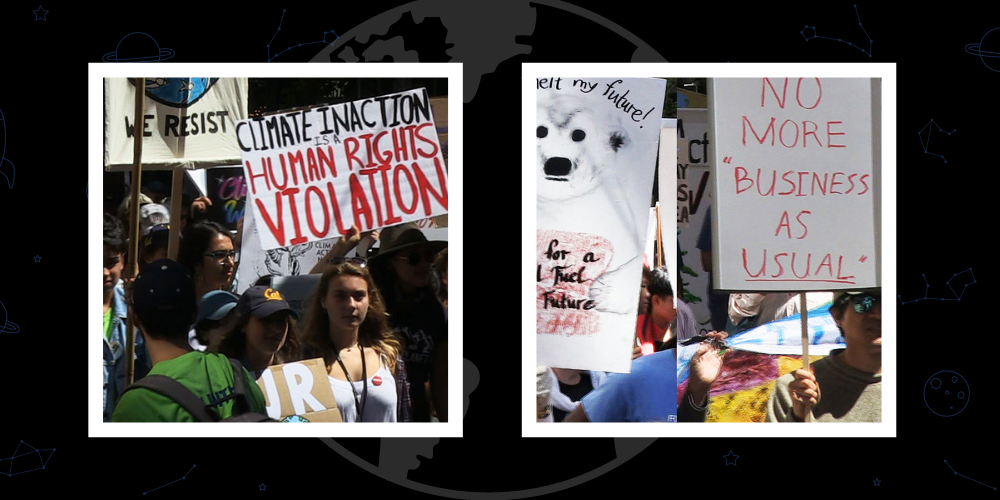
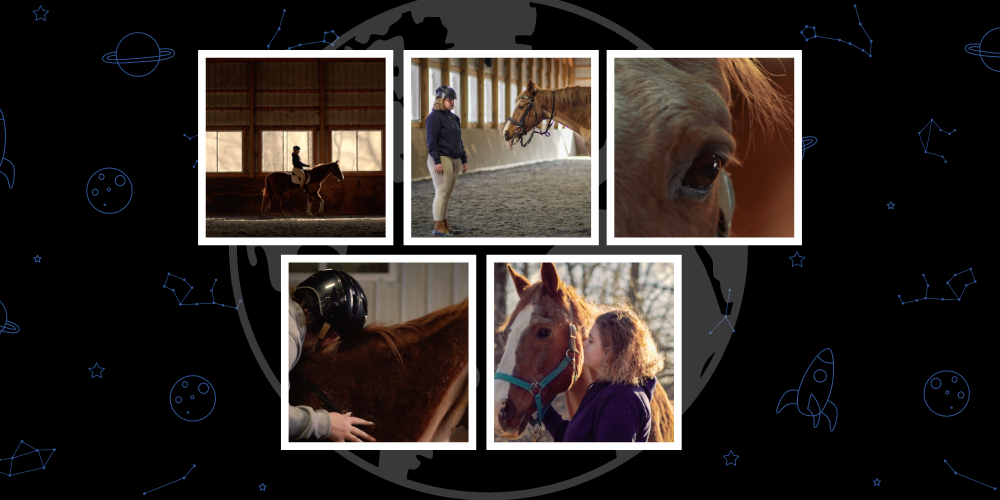
Commentaires récents